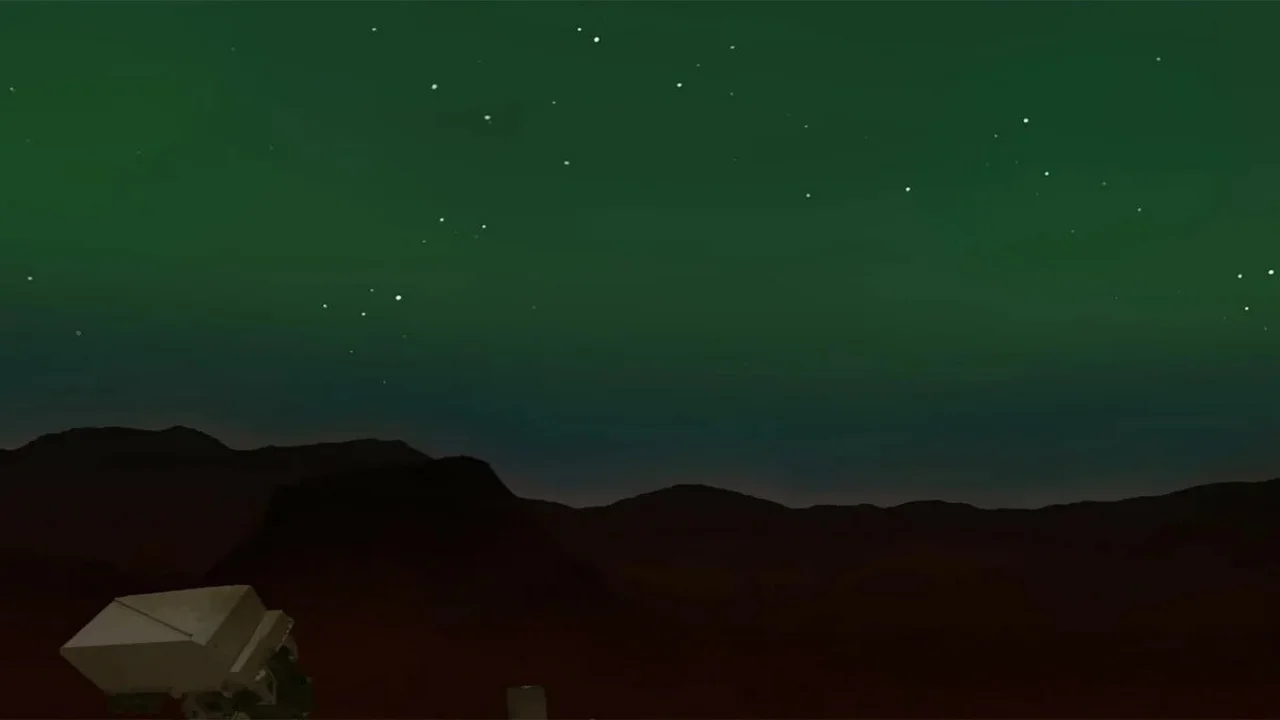Historic Breakthrough: Perseverance Snaps First Visible Martian Aurora!
Discover the first visible Martian aurora ever captured—NASA’s Perseverance rover reveals stunning green glow. Find out why this changes Mars exploration forever!

On certain nights, Mars’ skies shimmer with an eerie green light, casting a faint radiance across the horizon—a phenomenon never before seen from the surface of another planet. NASA’s Perseverance rover has made history by capturing the first visible Martian aurora, a discovery detailed in a May 14 Science Advances study. The groundbreaking image, taken on March 18, 2024, not only marks the first surface-based aurora observation beyond Earth but also hints that future astronauts could witness this ethereal spectacle firsthand.
Auroras occur when charged particles collide with a planet’s atmosphere. While auroras have been detected on Mercury, Jupiter, and other solar system planets, these were observed only from orbit. On Mars, prior detections relied on instruments measuring invisible wavelengths, leaving their visual appearance a mystery. Unlike Earth, Mars lacks a global magnetic field to funnel auroras toward polar regions. Instead, localized magnetic patches in its crust allow auroras to form planet-wide—albeit faintly.
The newly captured aurora likely originated from a coronal mass ejection (CME), a solar storm that hurled plasma and magnetic fields toward Mars. Perseverance’s team, forewarned of the incoming CME, positioned the rover to document the event. While the resulting image appears grainy—due to the rover’s limited night-sky sensitivity—it confirms that Martian auroras emit a subtle green hue visible to the human eye.
Roger Wiens, a planetary scientist at Purdue University, notes that astronauts might perceive the glow as “dim” but discernible. Future explorations could target Mars’ highly magnetized southern hemisphere, where auroras may appear brighter. This discovery not only advances our understanding of Martian space weather but also teases the awe-inspiring views awaiting human explorers.
This article has been fact checked for accuracy, with information verified against reputable sources. Learn more about us and our editorial process.
Last reviewed on .
Article history
- Latest version
Cite this page:
- Posted by Dayyal Dungrela